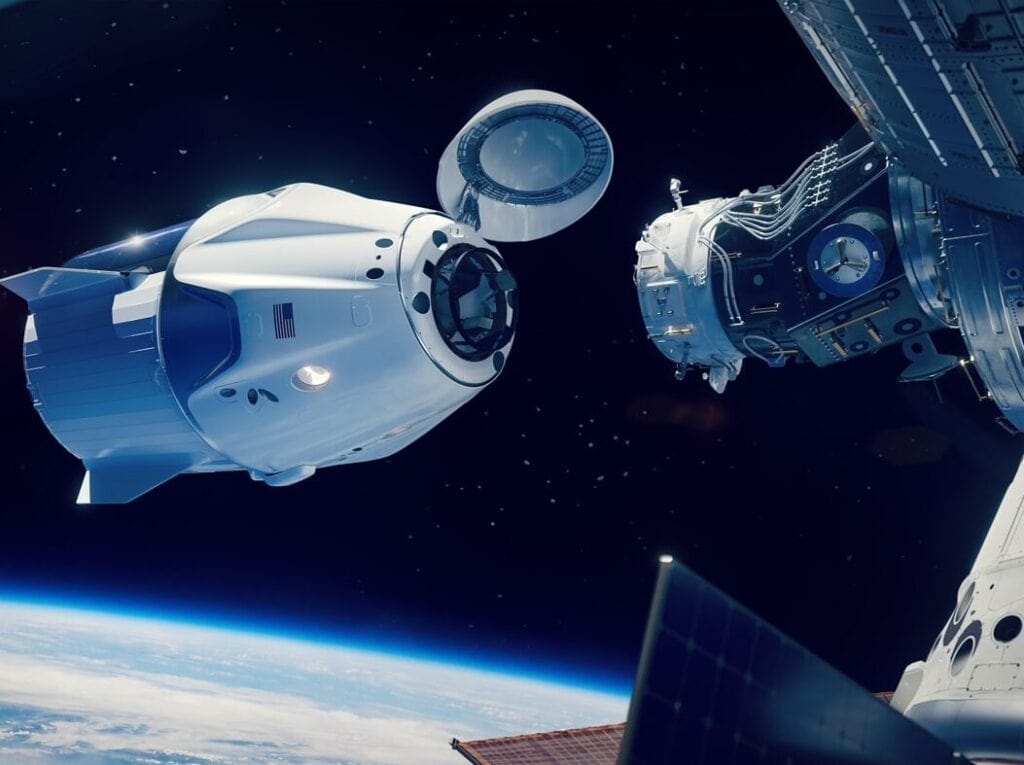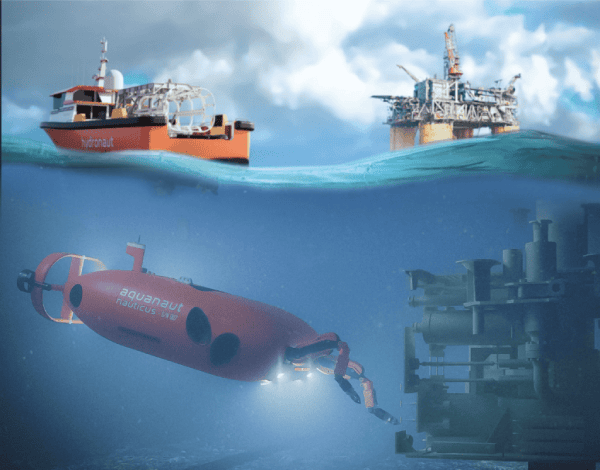Four Ways to Use Space Brakes for Actuation
Spacecraft use many motion control systems during normal operations, such as opening door latches, moving cameras and antennas, or positioning solar panels. Actuators are used in motion control systems to move objects or components by converting electrical, pneumatic, or hydraulic energy into mechanical force that is applied to a load to control its movement. Here,…
Motion Control Solutions for Defense Projects
Motorized and autonomous military and defense equipment relies on accurate motion control systems and components that can operate without fail under a wide variety of conditions. To ensure safety as well as compatibility with other devices and parts, motion control solutions like actuators must also comply with stringent MIL-SPEC and quality control standards. High-performance components…
Electromagnetic Clutches and Brakes in UAVs and OPVs
Unmanned aerial vehicles (UAVs) and optionally piloted vehicles (OPVs) are designed with autonomous and remote control features. To function properly and safely, they must be made with the most reliable, precise components. Electromagnetic clutches and brakes can simplify design, reduce wear and maintenance, and improve reliability compared to traditional mechanical clutches and brakes. With better…
Brakes and Clutches with Life Saving Capabilites
Brakes and clutches with lifesaving capabilities and motion control systems are critical aircraft elements. They not only help pilots navigate smoothly during challenging weather conditions, but they also play a lifesaving role during mid-air emergencies. SEPAC products are developed with reliability at the forefront of design and, through a partnership with Genesys Aerosystems, have helped…
Aircraft Actuation Systems and Electromagnetic Actuators
In the past, pneumatic and hydraulic systems have been the most common actuator types for aircraft due to their high power density and cost-effectiveness. However, in recent years, attention has been focused on the limitations of these systems, including their level of performance, weight, high maintenance requirements, and more. Recent advances in electromagnetic actuator technology…

Reliable Motion Control for Aerospace & Defense
Motion control systems are vital to the proper function of aerospace and defense machinery and devices. These systems can control the velocity or position of a machine utilizing a range of movement technology, including servo motors, electric motors, and linear actuators. The aerospace and defense sectors rely on electromagnetic brakes and clutches for a variety…
Precise Brake Solutions for Precision Small & Mini Motors
As the demand for smaller motors increases, so does the need for small-diameter brakes and other small components. With recent technological advancements, electromagnetic brakes are able to generate powerful torque even in compact sizes. SEPAC is recognized for our capability to customize standard brake and clutch products to meet the application requirements of our customers….
Guide to Troubleshooting Permanent Magnet Brakes
Click to Expand The first step in fixing something is to understand how it works. Permanent magnet brakes (PMBs) are a form of brake that uses permanent magnets to provide the normal magnetic force necessary to attract the armature and produce torque. Permanent magnet brakes are used to hold or stop a load. Also called…

Underwater Robotics Applications
Robotics is rapidly advancing, with new developments and capabilities emerging every day across multiple sections of this industry. Applications ranging from oil and gas excavations to military and transportation projects rely on underwater robotics to achieve explorative missions, maintenance, and more. Today’s electronic and electrical based robotics systems offer fine-tuned movements, powerful motion, and new…
Electromagnetic Brake Wear
Brakes are essential to diverse industries for slowing and stopping motion or holding various loads in place. Electromagnetic brakes specifically use the presence and absence of electric current and magnetic field to release or lock brakes into place, holding or stopping a load when the electric current shuts down. This type of power-off brake is…